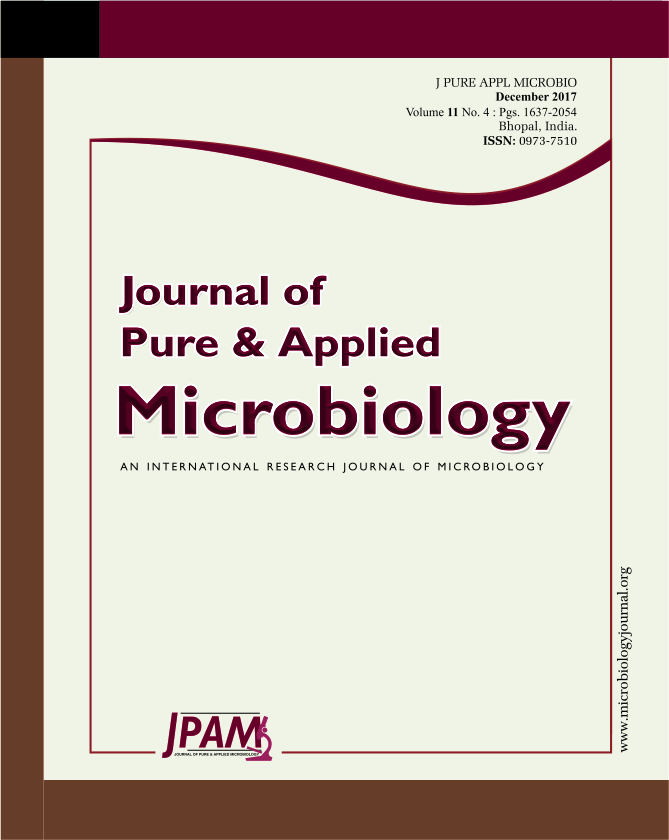Phytases are enzyme capable of hydrolysing phytic acid to myo-inositol and inorganic phosphorus. The aim of the present study was the screening and isolation of efficient phytase producing bacteria from soil samples. 14 bacterial isolates were found to produce clear zone of hydrolysis on PSM containing 0.5% ca-phytate. Out of all phytase positive isolates, five bacterial isolates 100A, 9H, 14A, 4D, and 2B showed significant phytase production in submerged fermentation. The isolate 14A was found to be the best among all with the maximum production of 89.09 U/ml after 72 h of incubation at 30ºC. Colony morphology and microscopic examination (Gram’s staining) of maximal phytase producer suggested that the isolate 14A is gram negative rod. Further on molecular analysis the bacterial isolate showed closest similarity with Pseudomonas sp. 16S rDNA sequencing and sequence similarity search using BLAST showed that it matches 97 % with Pseudomonas pulluriniana, while 3% was found to be unique sequence and named as Pseudomonas sp. aazad. The crude phytase from the isolate showed optimum activity at pH 6 and temperature 50ºC.
Phytase, PSM, Pseudomonas sp., ca-phytate, fermentation.
© The Author(s) 2017. Open Access. This article is distributed under the terms of the Creative Commons Attribution 4.0 International License which permits unrestricted use, sharing, distribution, and reproduction in any medium, provided you give appropriate credit to the original author(s) and the source, provide a link to the Creative Commons license, and indicate if changes were made.


